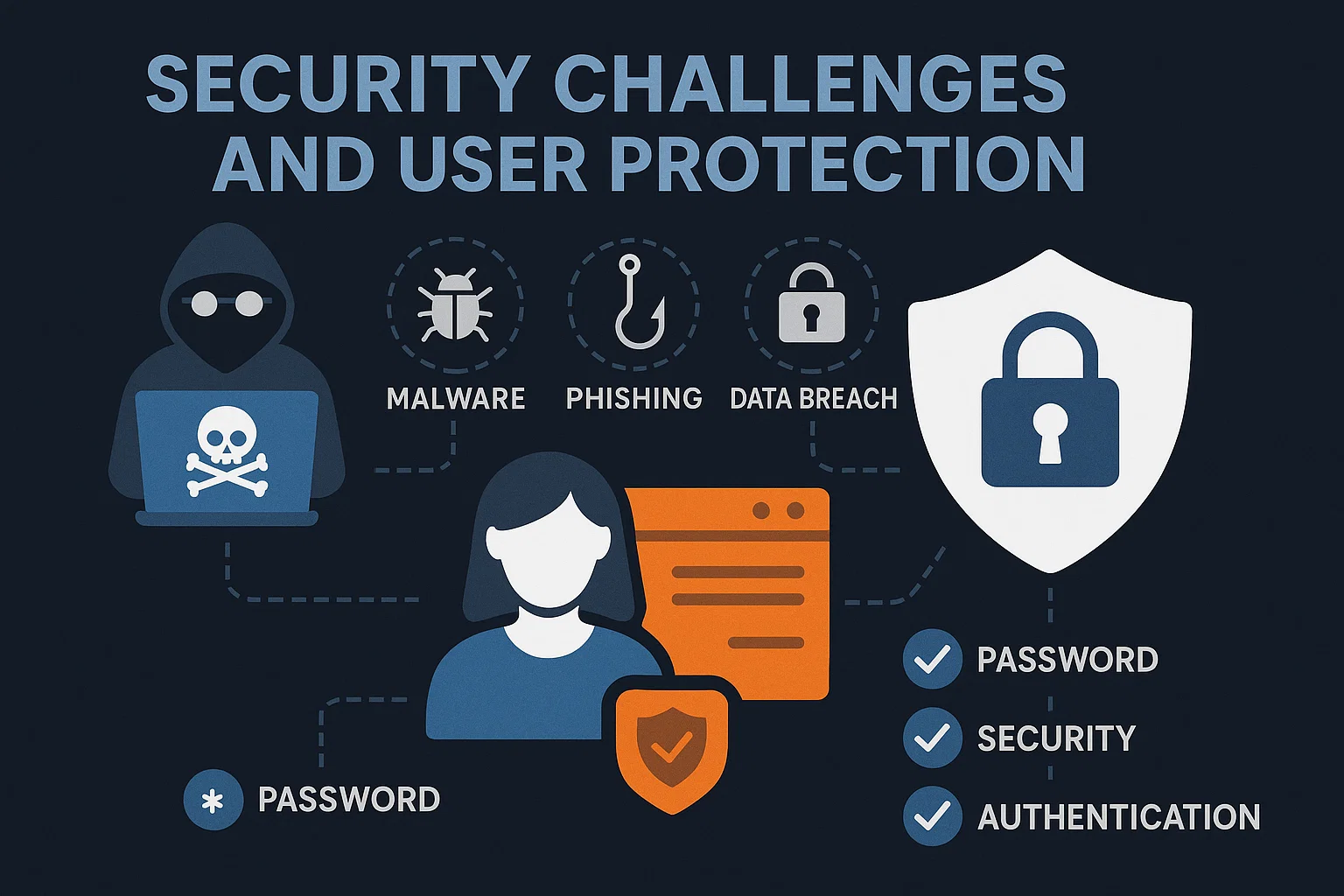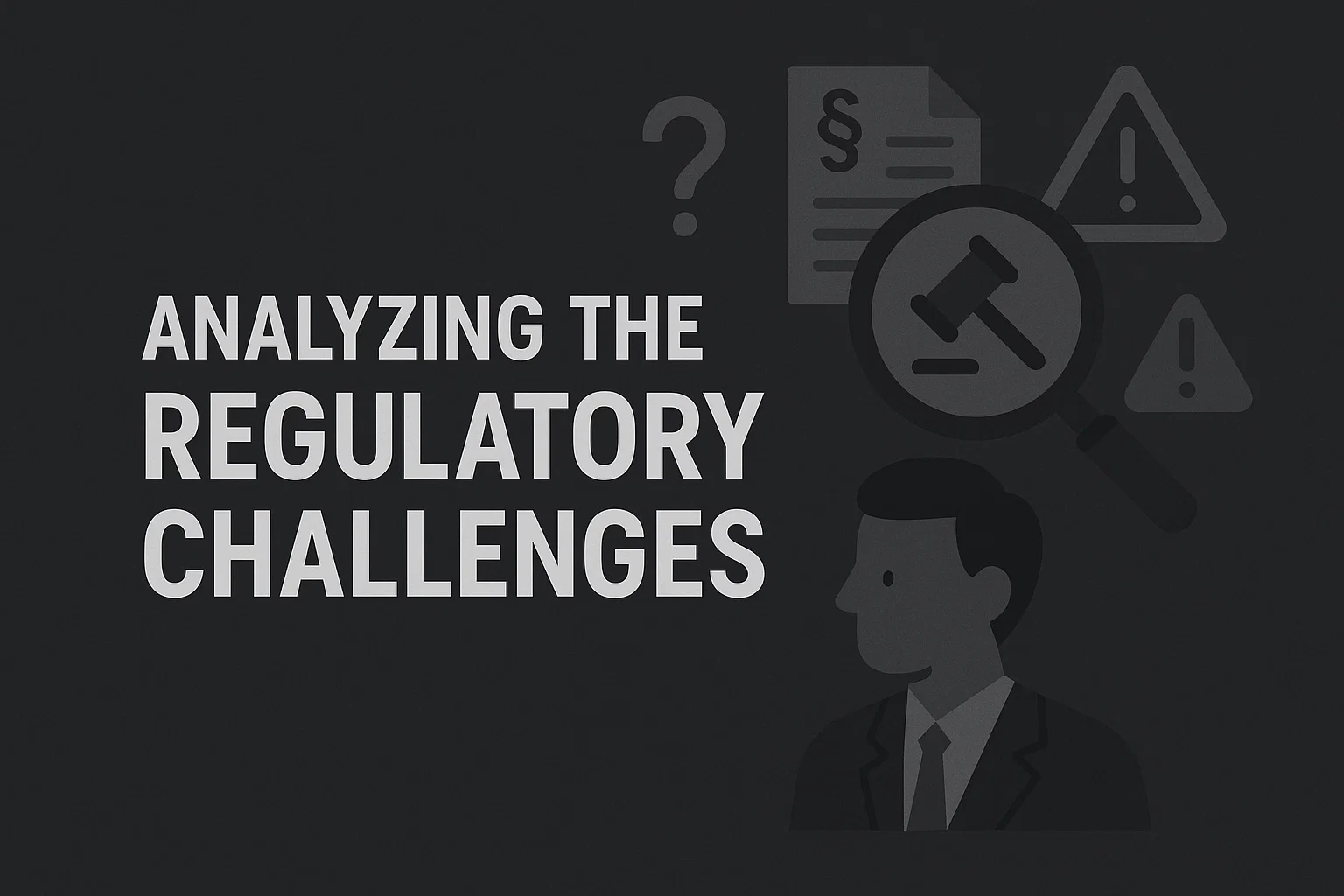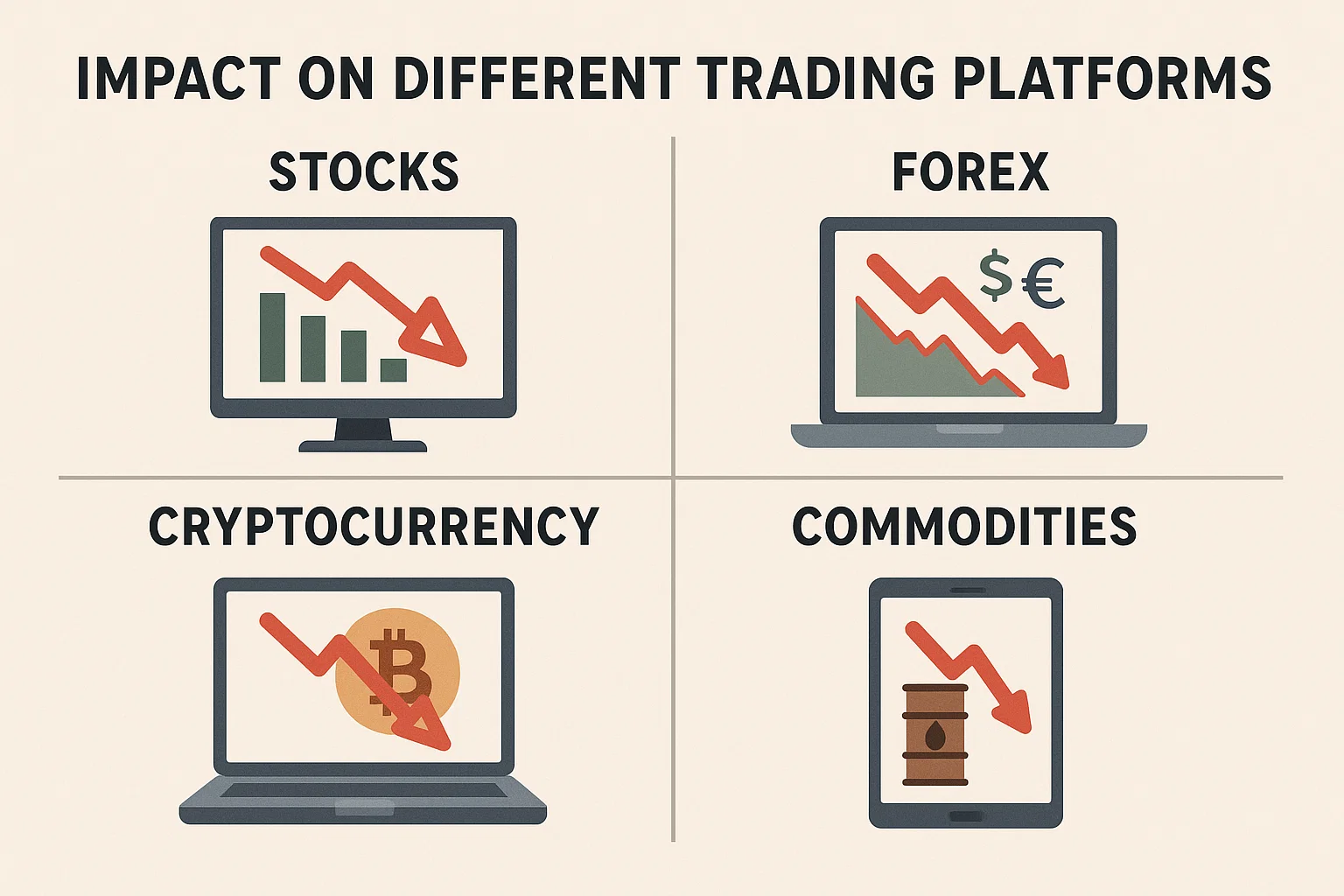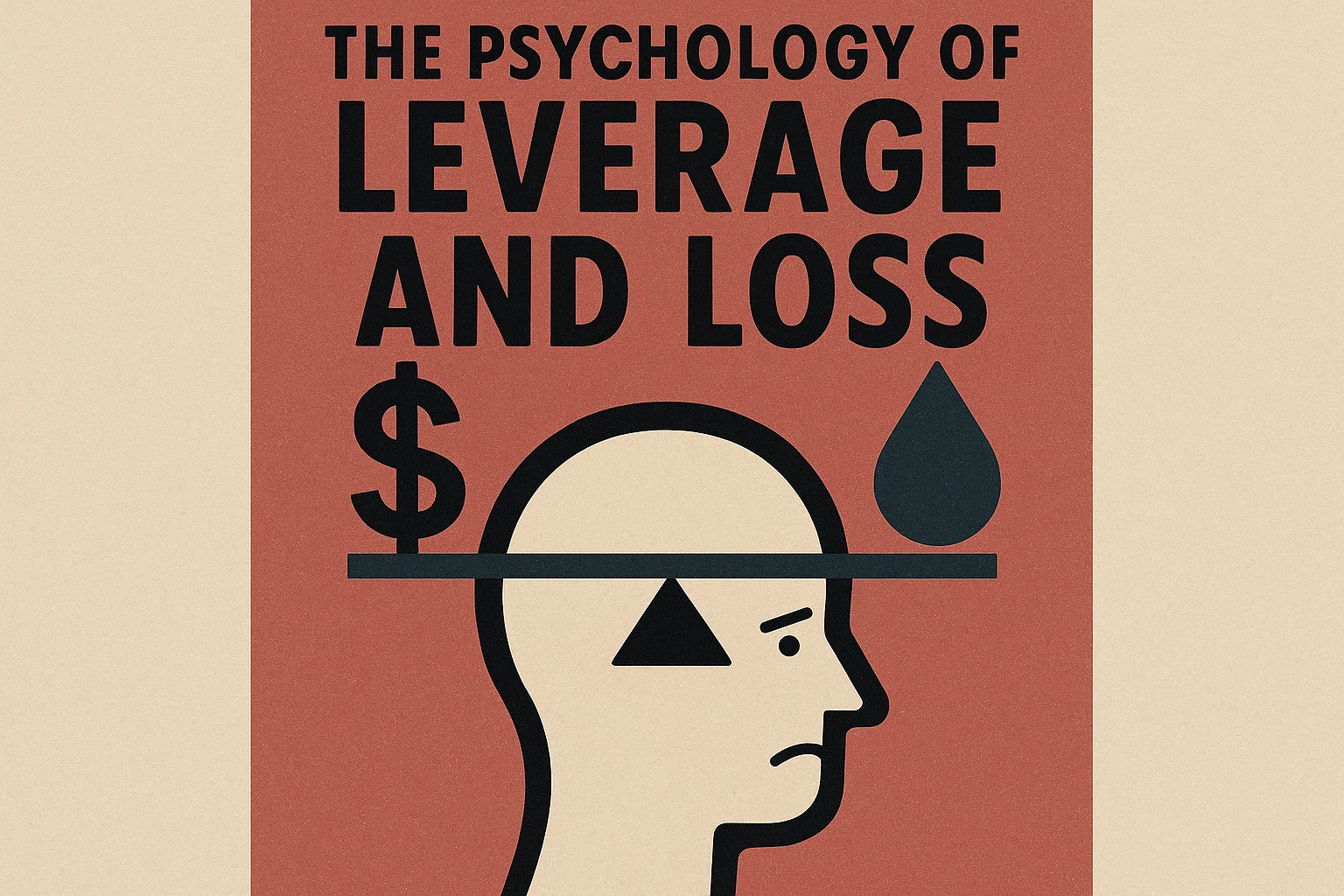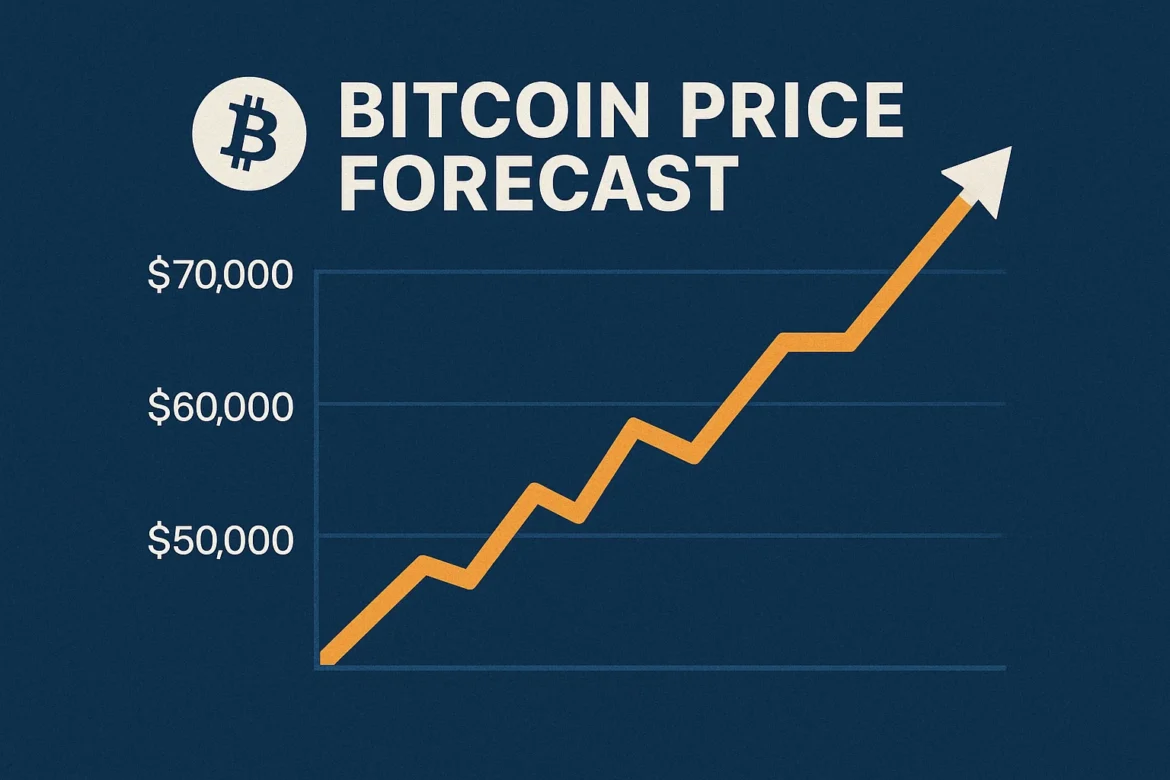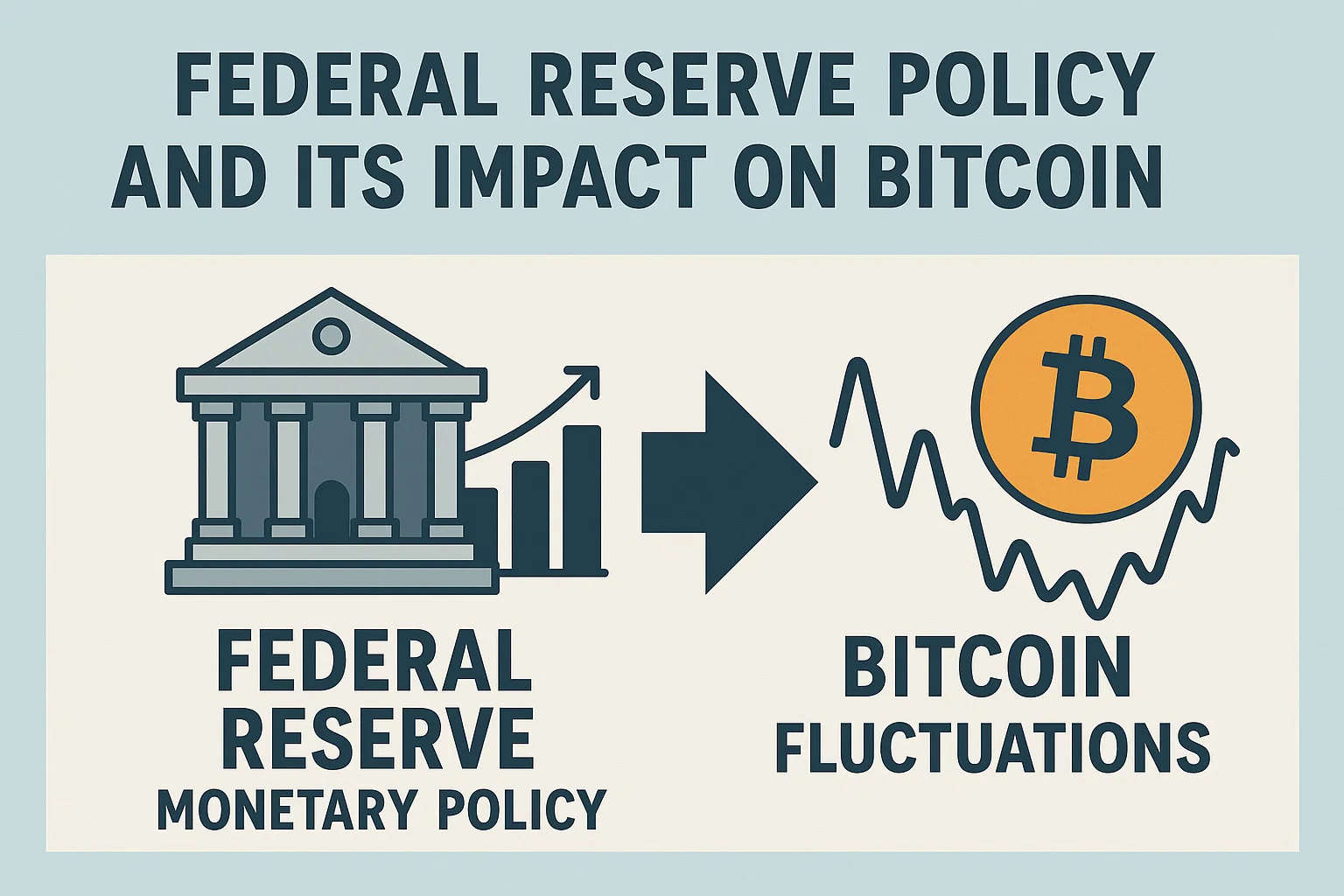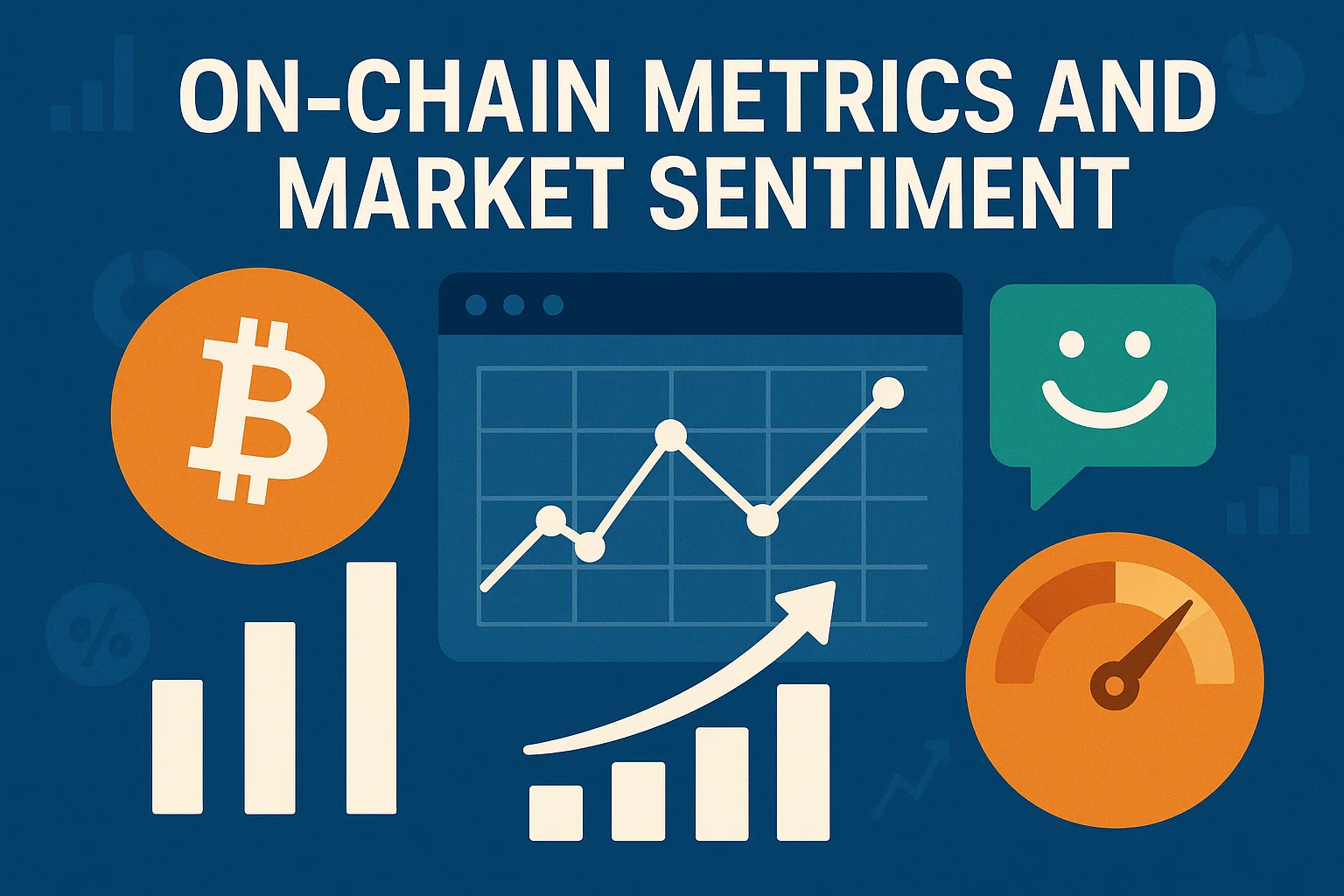Russia’s crypto adoption in 2025 reaches a staggering $376.3 billion milestone, driven primarily by decentralized finance (DeFi) platforms and the revolutionary A7A5 blockchain infrastructure. This remarkable surge represents more than just numbers on a chart—it signals a fundamental shift in how Russian citizens, businesses, and institutions approach digital assets. As traditional financial systems face mounting pressures from economic sanctions and geopolitical tensions, Cryptocurrency has emerged as a viable alternative for millions of Russians seeking financial autonomy. The convergence of regulatory clarity, technological innovation, and economic necessity has created the perfect storm for crypto proliferation across the nation.
$376.3 Billion Milestone in Russian Cryptocurrency
The Russia crypto adoption 2025 figure of $376.3 billion encompasses various digital asset activities, including trading volumes, DeFi protocol total value locked (TVL), peer-to-peer transactions, and institutional holdings. This represents a 340% increase compared to 2023 levels, making Russia one of the fastest-growing cryptocurrency markets globally.
Breaking Down the $376.3 Figure
The massive valuation stems from multiple sources within the Russian digital asset ecosystem. Approximately $187 billion originates from DeFi protocols, where Russians have embraced decentralized lending, borrowing, and yield farming opportunities. Another $94 billion comes from centralized exchange activities, while peer-to-peer platforms account for $58 billion. The remaining $37.3 billion represents institutional investments and tokenized assets.
What makes this growth particularly significant is the demographic spread. Unlike many markets where crypto remains concentrated among tech-savvy millennials, Russia’s crypto adoption in 2025 shows substantial participation across age groups. Citizens aged 35-54 now represent 43% of active crypto users, indicating mainstream acceptance beyond early adopter circles.
The Role of Economic Sanctions in Driving Adoption
International economic sanctions have inadvertently accelerated cryptocurrency adoption throughout Russia. With limited access to SWIFT banking systems and restricted international payment options, both individuals and businesses have turned to decentralized alternatives. Cryptocurrencies provide a sanctions-resistant method for international trade, remittances, and wealth preservation.
Russian importers and exporters have particularly embraced stablecoins for cross-border settlements. USDT and USDC transactions involving Russian entities increased by 520% between 2023 and 2025, demonstrating how Russia’s crypto adoption in 2025 serves practical business needs rather than mere speculation.
DeFi Dominance: The $187 Billion Decentralized Finance Boom
Decentralized finance has become the cornerstone of Russia’s crypto adoption in 2025, with DeFi protocols commanding nearly half of the total cryptocurrency activity in the country. Russians have enthusiastically embraced DeFi’s promise of permissionless financial services, transparent smart contracts, and superior yields compared to traditional banking products.
Why Russians Are Flocking to DeFi Platforms
Traditional Russian banks offer minimal interest rates on savings accounts, typically ranging from 4-7% annually. In contrast, DeFi lending protocols provide yields of 8-15% on stablecoin deposits, with some liquidity pools offering even higher returns. This yield differential has driven massive capital migration from conventional banking to decentralized platforms.
The transparency inherent in blockchain technology also resonates with Russian users who have experienced banking system instabilities. Smart contracts execute automatically without human intervention, eliminating counterparty risk and providing unprecedented financial autonomy.
Most Popular DeFi Protocols Among Russian Users
Russian crypto enthusiasts have gravitated toward several key DeFi platforms. Uniswap and PancakeSwap dominate decentralized exchange activity, processing billions in monthly trading volume from Russian IP addresses. Aave and Compound lead in lending and borrowing markets, while Curve Finance attracts users seeking a stablecoin exchange with minimal slippage.
The Russia crypto adoption 2025 DeFi segment also includes homegrown platforms explicitly designed for the Russian market. These platforms offer interfaces in the Russian language, integrate local payment methods, and comply with emerging domestic regulations while maintaining decentralized operational structures.
A7A5: The Revolutionary Blockchain Infrastructure
The A7A5 blockchain platform has emerged as a critical catalyst for Russia’s crypto adoption in 2025, providing the technological backbone for a new generation of decentralized applications. A7A5 distinguishes itself through exceptional transaction throughput, low fees, and robust security features optimized explicitly for the Russian market.
Technical Innovations Behind A7A5
A7A5 employs a unique hybrid consensus mechanism combining proof-of-stake with Byzantine fault tolerance, enabling the network to process over 100,000 transactions per second. This scalability of cryptocurrency is one of its most persistent challenges, making A7A5 suitable for everything from micropayments to large institutional transfers.
The platform’s architecture incorporates advanced privacy features through zero-knowledge proofs, allowing users to maintain transaction confidentiality while ensuring regulatory compliance. This balance between privacy and transparency has made A7A5 particularly attractive for businesses navigating Russia’s evolving cryptocurrency regulations.
A7A5’s Impact on the Russian Crypto Ecosystem
Since its mainnet launch in late 2024, A7A5 has attracted over 500 decentralized applications spanning DeFi, gaming, supply chain management, and digital identity. Russian developers have embraced the platform’s comprehensive development tools and generous grant programs, creating a vibrant ecosystem of locally relevant blockchain solutions.
The surge in Russia’s crypto adoption in 2025 owes significant credit to A7A5’s seamless integration with the existing Russian payment infrastructure. Users can on-ramp directly from their Russian bank accounts to A7A5-based applications, eliminating the friction that typically hampers cryptocurrency adoption.
Regulatory Evolution: From Uncertainty
Russia’s regulatory approach to cryptocurrency has evolved dramatically, transitioning from ambiguity and skepticism to structured frameworks that balance innovation with oversight. This regulatory clarity has been instrumental in driving Russia’s crypto adoption in 2025 to unprecedented levels.
The 2024 Digital Asset Law
Russia’s comprehensive Digital Asset Law, enacted in March 2024, established clear definitions for various cryptocurrency categories, taxation frameworks, and operational guidelines for exchanges and service providers. The legislation recognizes cryptocurrencies as digital financial assets while maintaining restrictions on their use as payment instruments for goods and services.
Under this framework, cryptocurrency trading is legal for individuals and businesses, provided they comply with know-your-customer (KYC) and anti-money laundering (AML) requirements. Licensed exchanges must register with the Central Bank of Russia and adhere to strict security and reporting standards.
Mining Regulations and Energy Infrastructure
Russia has become one of the world’s largest cryptocurrency mining jurisdictions, leveraging abundant energy resources and cold climates ideal for mining operations. The government has established special economic zones for mining activities, offering tax incentives and streamlined electricity access.
Mining contributes significantly to Russia’s crypto adoption in 2025 by creating local cryptocurrency supplies and generating thousands of jobs. Regions like Irkutsk, Krasnoyarsk, and the Far East have emerged as mining hubs, attracting both domestic and international investment.
Institutional Adoption: Banks and Corporations Enter Crypto
The institutional dimension of Russia’s crypto adoption in 2025 is the most significant validation of cryptocurrency’s staying power. Central Russian banks, corporations, and investment funds have moved beyond cautious observation to active participation in digital asset markets.
Banking Sector Cryptocurrency Integration
Several top-tier Russian banks now offer cryptocurrency custody services, allowing clients to store digital assets alongside traditional investments securely. These services cater primarily to high-net-worth individuals and corporate clients seeking regulated exposure to cryptocurrency markets.
Banks have also begun experimenting with blockchain technology for internal processes. Settlement systems, cross-border payments, and trade finance operations increasingly leverage distributed ledger technology to reduce costs and accelerate transaction times.
Corporate Treasury Bitcoin Allocation
Following the lead of international corporations, Russian companies have started allocating portions of their treasury reserves to Bitcoin and other cryptocurrencies. This strategy serves dual purposes: providing a hedge against ruble volatility and positioning companies at the forefront of financial innovation.
Energy companies, tech firms, and export-oriented businesses lead corporate cryptocurrency adoption. These organizations possess both the capital and strategic motivation to embrace digital assets, contributing substantially to the institutional segment of Russia’s crypto adoption in 2025.
Retail Investor Behavior and Demographic Trends
Understanding who drives Russia’s crypto adoption in 2025 requires examining the retail iCryptocurrencyape. Russians across demographic segments have embraced cryptocurrency, though motivations and strategies vary significantly.
Age-Based Adoption Patterns
Younger Russians (18-34) predominantly engage in cryptocurrency trading and DeFi participation, viewing digital assets as growth investments and alternatives to traditional career paths. This demographic shows higher risk tolerance and greater willingness to experiment with emerging DeFi protocols.
Middle-aged investors (35-54) approach cryptocurrency more conservatively, typically allocating 10-20% their investment to Bitcoin and established altcoins. This segment values cryptocurrency primarily as portfolio diversification and inflation protection.
Surprisingly, Russians over 55 represent the fastest-growing cryptocurrency demographic, with adoption rates increasing 180% between 2023 and 2025. This group typically focuses on stablecoins and conservative yield generation through lending protocols.
Regional Adoption Variations
Russia’s crypto adoption in 2025 exhibits pronounced regional variations. Moscow and St. Petersburg lead in per-capita cryptocurrency ownership, with over 35% of residents holding digital assets. These metropolitan areas benefit from superior internet infrastructure, higher digital literacy, and greater exposure to global financial trends.
Siberian and Far Eastern regions show strong adoption driven by proximity to miniCryptocurrency and energy resources. Residents in these areas often receive cryptocurrency directly through mining activities or employment at mining facilities.
Education and Awareness: Building Crypto Literacy
The rapid growth of Russia’s crypto adoption in 2025 has been accompanied by concerted efforts to improve cryptocurrency education and financial literacy. Universities, private academies, and online platforms now offer comprehensive blockchain and cryptocurrency curricula.
University Blockchain Programs
Leading Russian universities, including Moscow State University, St. Petersburg State University, and the Higher School of Economics, have launched blockchain specializations and cryptocurrency courses. These programs combine technical instruction in blockchain development with economic analysis of digital asset markets.
Graduates from these programs feed directly into Russia’s burgeoning cryptocurrency industry, working as blockchain developers, crypto analysts, and DeFi protocol designers. This talent pipeline ensures sustained innovation and growth in the sector.
Community-Driven Education Initiatives
Grassroots cryptocurrency communities organize regular meetups, workshops, and online seminars. These community-led initiatives democratize cryptocurrency knowledge, making education accessible beyond formal academic settings.
Telegram channels and Russian-language YouTube creators have become primary education sources for millions. Content ranges from basic cryptocurrency concepts to advanced DeFi strategies, catering to all knowledge levels and contributing to sustained growth in Russia’s crypto adoption by 2025.
Security Challenges and User Protection
As Russia’s crypto adoption in 2025 expands, security considerations become increasingly critical. The cryptocurrency ecosystem faces persistent threats from hackers, scammers, and fraudulent projects targeting inexperienced users.
Common Security Threats
Phishing attacks remain the most prevalent threat, with criminals creating fake exchange interfaces and wallet applications to steal user credentials and private keys. Russians lost an estimated $340 million to phishing scams in 2024, highlighting the need for improved security awareness.
Exchange hacks, though less frequent due to enhanced security protocols, still pose significant risks. Several smaller Russian exchanges experienced breaches in 2024, resulting in user fund losses and eroding trust in centralized platforms.
Best Practices for Secure Cryptocurrency Use
Security experts recommend hardware wallets for significant cryptocurrency holdings, keeping the majority of funds in cold storage disconnected from internet access. Multi-signature wallets provide additional security layers, requiring multiple approvals before executing transactions.
Users should enable two-factor authentication on all exchange accounts, use unique passwords for each platform, and regularly audit connected applications. Participation in the Russia crypto adoption 2025 requires vigilance and adherence to security best practices.
Tax Implications and Compliance Requirements
The Russian tax authority has established clear cryptocurrency taxation frameworks, requiring users to report digital asset income and pay appropriate taxes. Understanding these obligations is essential for compliant participation in the Russia crypto adoption 2025.
Cryptocurrency Income Taxation
Cryptocurrency trading profits are subject to personal income tax at rates ranging from 13% to 15%, depending on total annual income. Russians must report cryptocurrency gains in their annual tax declarations, with penalties for non-compliance including fines and potential criminal prosecution.
Mining income is taxed as business revenue, with miners classified as individual entrepreneurs or corporations depending on operation scale. Mining businesses can deduct electricity costs, equipment depreciation, and other operational expenses when calculating taxable income.
International Reporting Obligations
Russians holding cryptocurrency accounts on foreign exchanges must declare these holdings if account values exceed specific thresholds. This requirement aims to prevent capital from being comprehensively taxed on cryptocurrency income.
Professional tax advisors specializing in cryptocurrency have become increasingly valuable resources. These specialists help users navigate complex reporting requirements and optimize tax efficiency within legal frameworks that support Russia’s crypto adoption by 2025.
Future Projections: Where Russian Crypto Adoption Heads Next
The trajectory of Russia’s crypto adoption in 2025 suggests continued exponential growth, with several emerging trends likely to shape the ecosystem’s evolution through 2030.
Central Bank Digital Currency Integration
The Bank of Russia is advancing development of the digital ruble, a central bank digital currency (CBDC) expected to launch for public use in 2026. The digital ruble will coexist with cryptocurrencies, potentially creating synergies through interoperability protocols.
The introduction of CBDC may actually accelerate private cryptocurrency adoption by familiarizing Russians with digital currency concepts and infrastructure. Users comfortable with digital rubles may subsequently explore DeFi and other cryptocurrency applications.
Emerging Use Cases and Technologies
Non-fungible tokens (NFTs) are gaining traction beyond digital art, with applications in real estate titling, intellectual property management, and supply chain tracking. Russian companies are experimenting with NFTs for product authentication and loyalty programs.
Layer-2 scaling solutions built on cryptocurrency blockchains promise to reduce transaction costs further and increase throughput. These technologies will make cryptocurrency viable for everyday microtransactions, expanding Russia’s crypto adoption in 2025 into retail and service sectors.
International Implications of Russian Crypto Growth
The $376.3 billion figure for Russia’s crypto adoption in 2025 carries significant implications for global cryptocurrency markets, geopolitics, and international finance.
Impact on Global Crypto Liquidity
Russian participation injects substantial liquidity into cryptocurrency markets, supporting price stability and market depth. Russian trading volumes influence global price discovery, particularly for significant assets like Bitcoin and Ethereum.
The preference for specific cryptocurrencies among Russian users can create regional price premiums, presenting arbitrage opportunities and affecting global market dynamics. Stablecoins popular in Russia often trade at slight premiums due to sustained demand.
Geopolitical Cryptocurrency Considerations
Western policymakers monitor Russian cryptocurrency adoption with concern regarding potential sanctions evasion. However, the transparency of blockchain technology actually facilitates monitoring suspicious transactions, with analytics firms tracking large movements between Russian addresses and exchanges. Russia’s crypto adoption in 2025 demonstrates that geopolitical boundaries cannot contain cryptocurrency adoption. Decentralized technologies operate independently of nation-state control, forcing policymakers to adapt regulatory approaches accordingly.
Conclusion
The region 2025 achieves Russia’s crypto adoption by reaching impressive statistics, embodying a fundamental transformation in how millions of Russians interact with money, investments, and financial services. Driven by DeFi innovation and bolstered by the A7A5 blockchain infrastructure, Russia has positioned itself at the forefront of the global cryptocurrency revolution.
As regulatory frameworks mature, institutional adoption accelerates, and technological capabilities expand, the Russian cryptocurrency ecosystem appears poised for sustained growth. Whether you’re a seasoned crypto investor, curious newcomer, or business leader exploring blockchain applications, now is the time to engage with this dynamic market.




